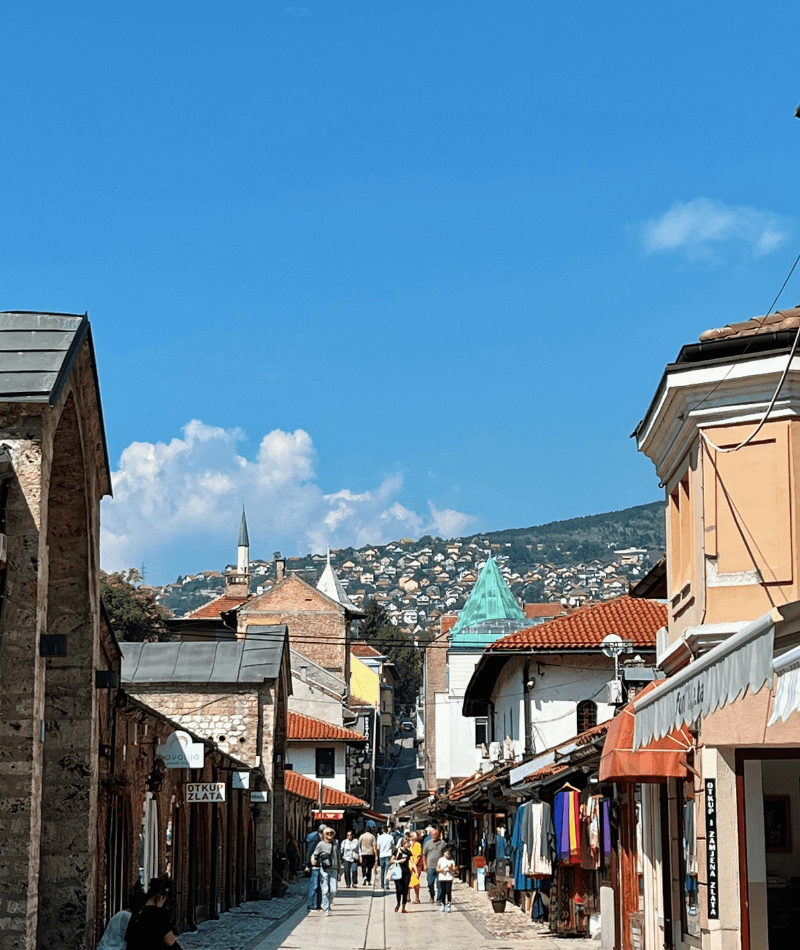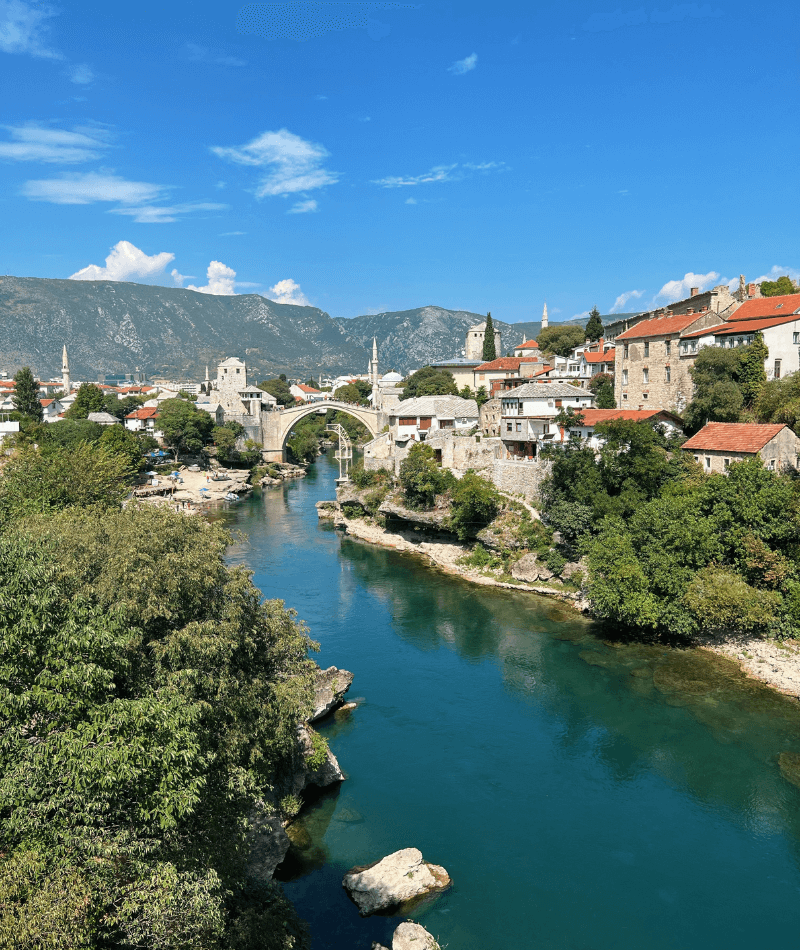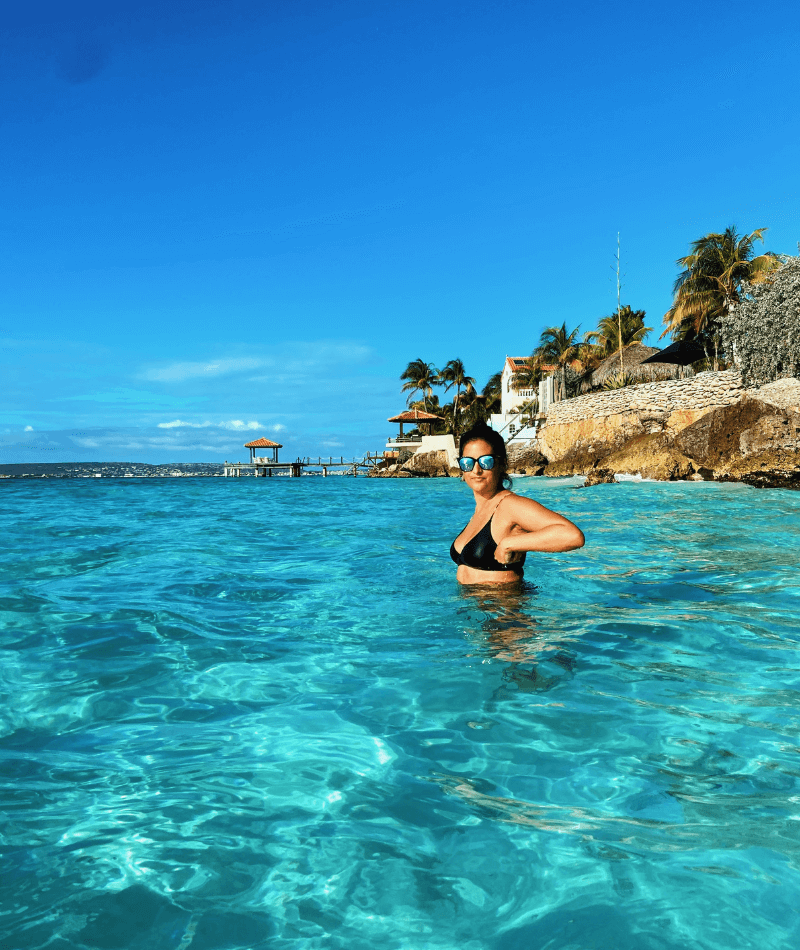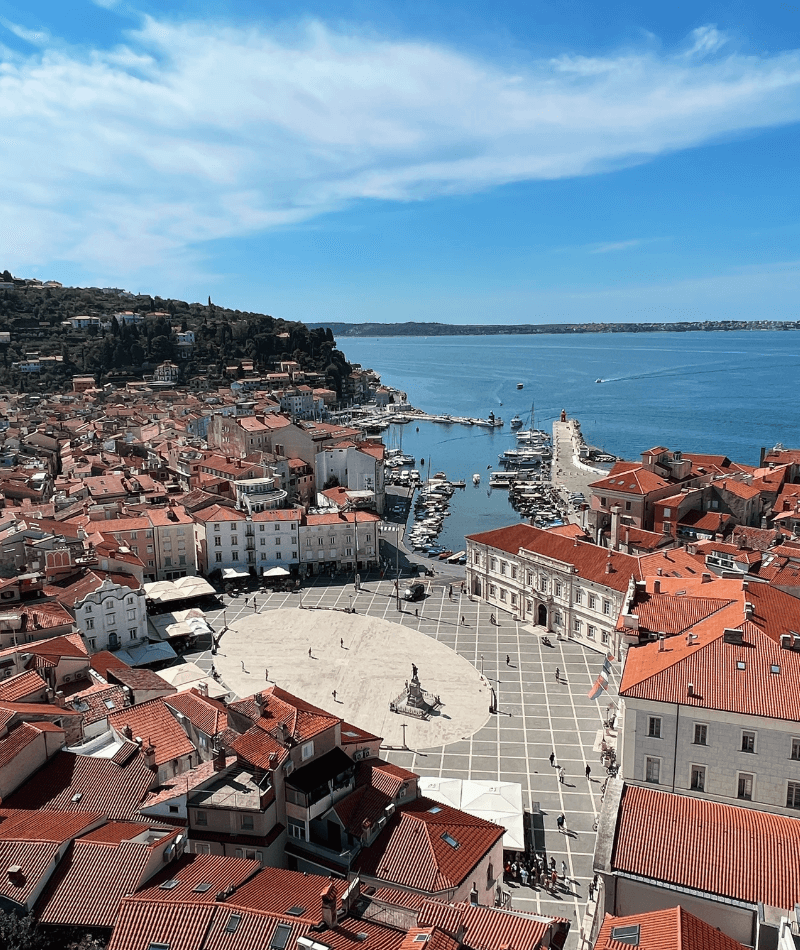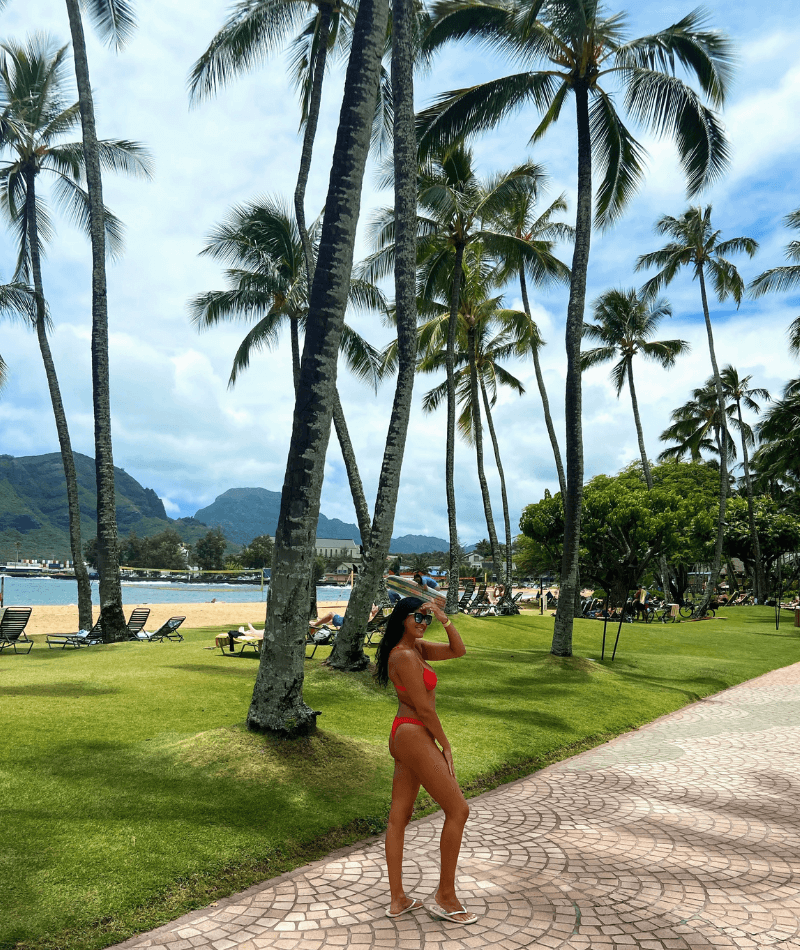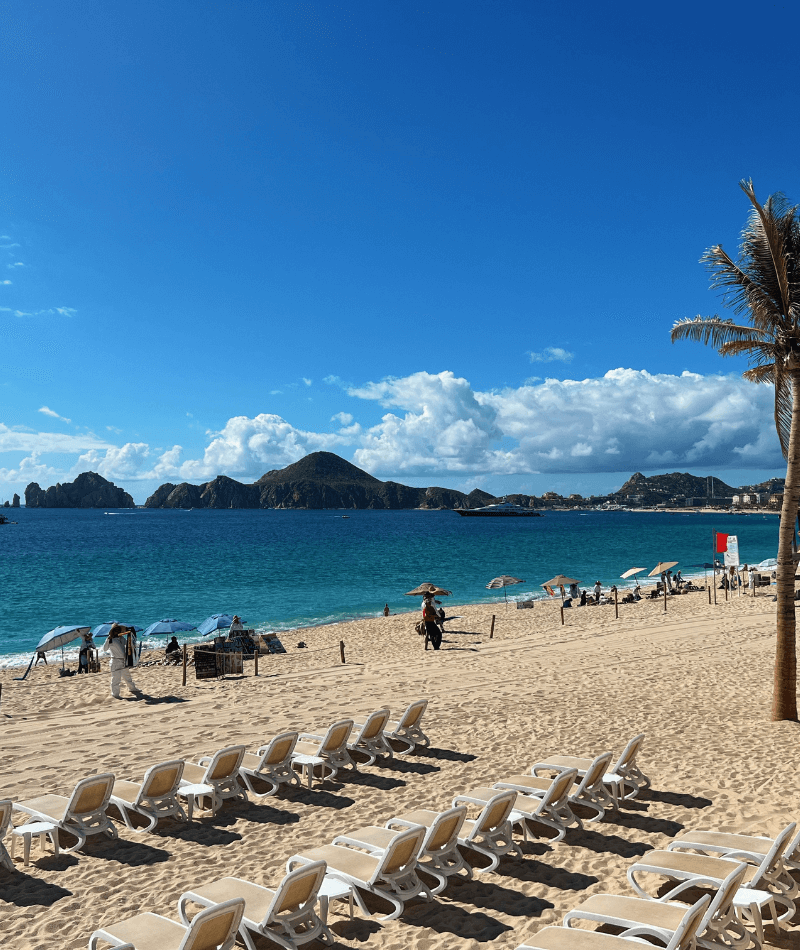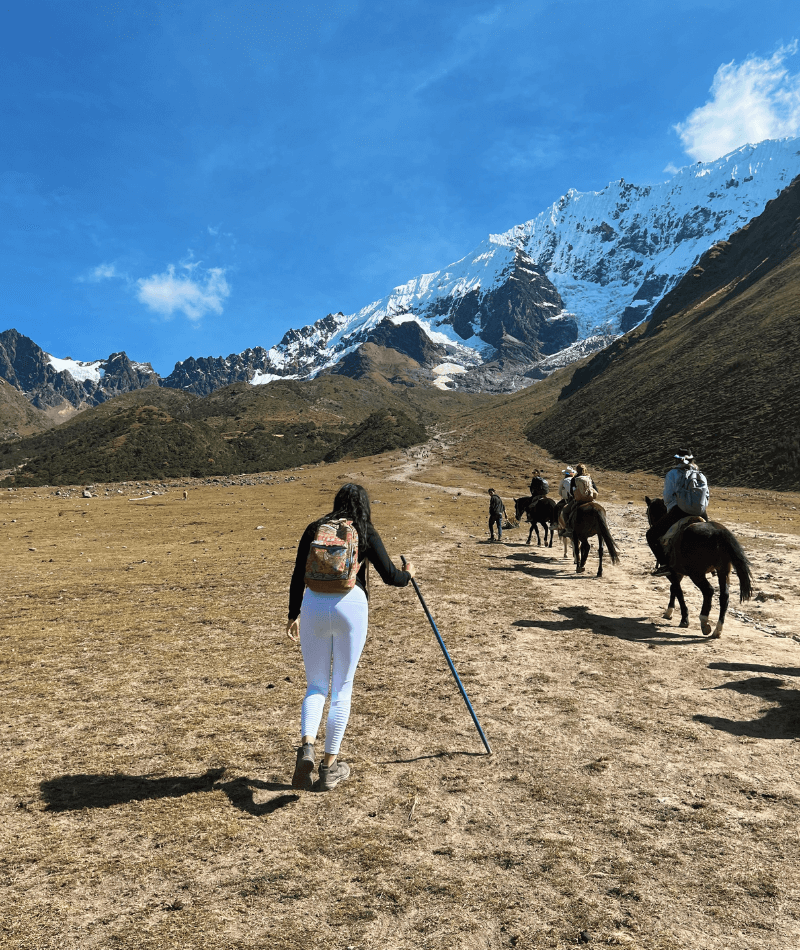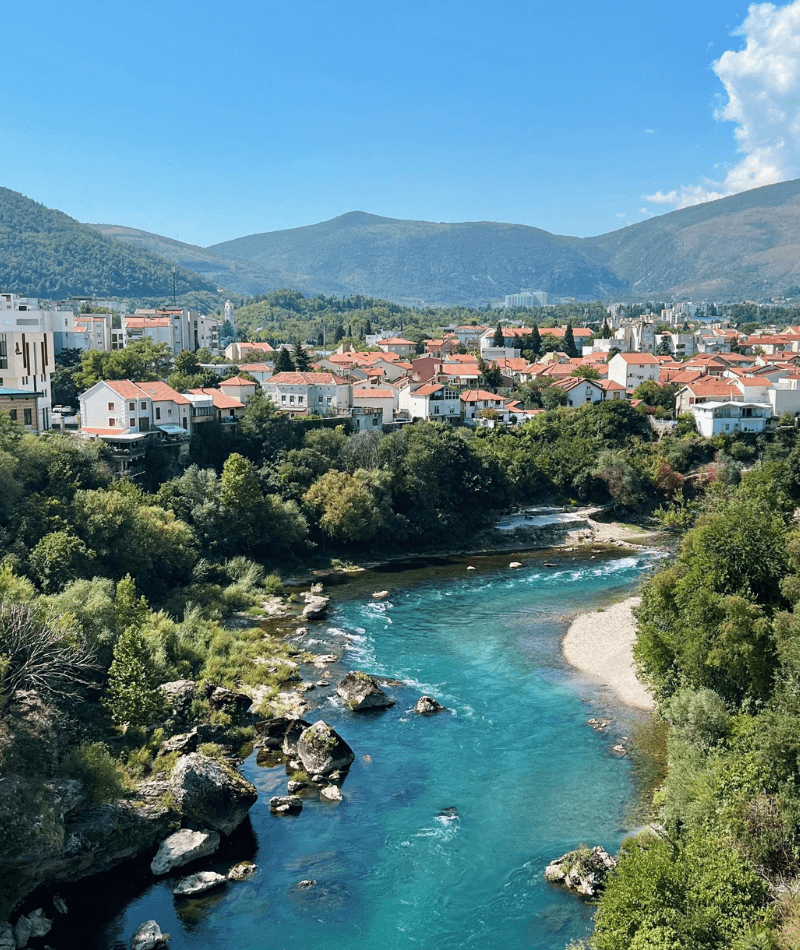What You Need To Know
Sarajevo Travel Guide
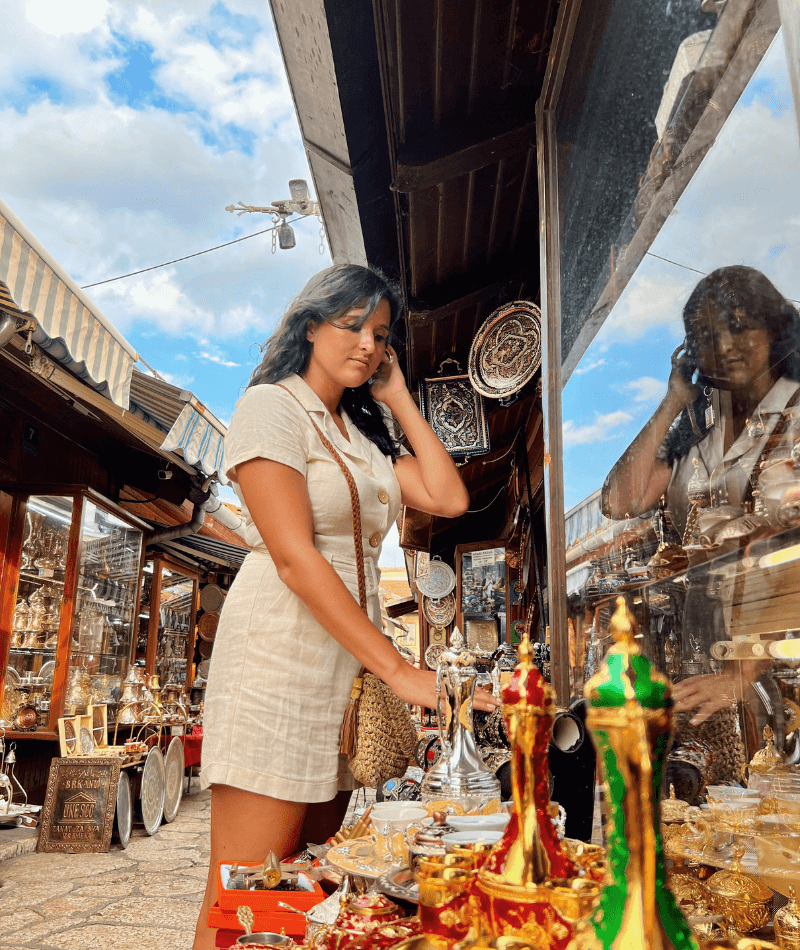
Sarajevo Unveiled
Your Sarajevo Travel Guide for History, Culture, and Experiences
Sarajevo is truly a unique city. This is the perfect place for history buffs to go – not only are there award-winning museums that cover the genocide, but this is also the site of Archduke Franz Ferdinand’s assassination! Even if you aren’t into history though, you will learn to love it once you are here!
Something else that’s truly unique to Sarajevo is the way the city blends its cultures together: there’s the Muslim side, which houses mosques and bazaars, and then the Christian side, which is more typical of what you’d see in a European city. It felt like I was traveling between two different worlds! In fact, there’s a literal line that divides the two sides at the Bascarija Bazaar.
I provided a history overview in my Bosnia and Herzegovina travel guide, but there’s even more to know when it comes to Sarajevo.
When the Serba reached Sarajevo, they didn’t enter the city and take over, instead just surrounding it on all sides. Why? Why didn’t they just come in and take over? Because they wanted to mentally terrorize people and get them to surrender, so they preferred to surround the city and terrorize people with snipers. For locals living in the city, you wouldn’t know when or if you’d be taken out by a sniper or grenade. Remember, this lasted for 3.5 years, so the locals had to learn to continue living – that’s why so many people died doing the most mundane day-to-day tasks.
This was more enjoyable for the Serbs.
Vanessa's Insider Tips
My Travel Tips for Sarajevo
- Where to Stay: The common areas to stay in are Marijin Dvor, Bascarsija, Bistrik, or southern Centar. All these places will allow you to be within walking distance to the main attractions. I stayed at a place in southern Centar and just had a 15-minute walk every day to the main attractions.
- How to Get Around: You’ll be able to walk everywhere in Sarajevo.
- Sarajevo Solo Female Travel: Sarajevo is incredibly safe and a great spot for solo female travelers. The city is easy to navigate and nearly everyone spoke English.
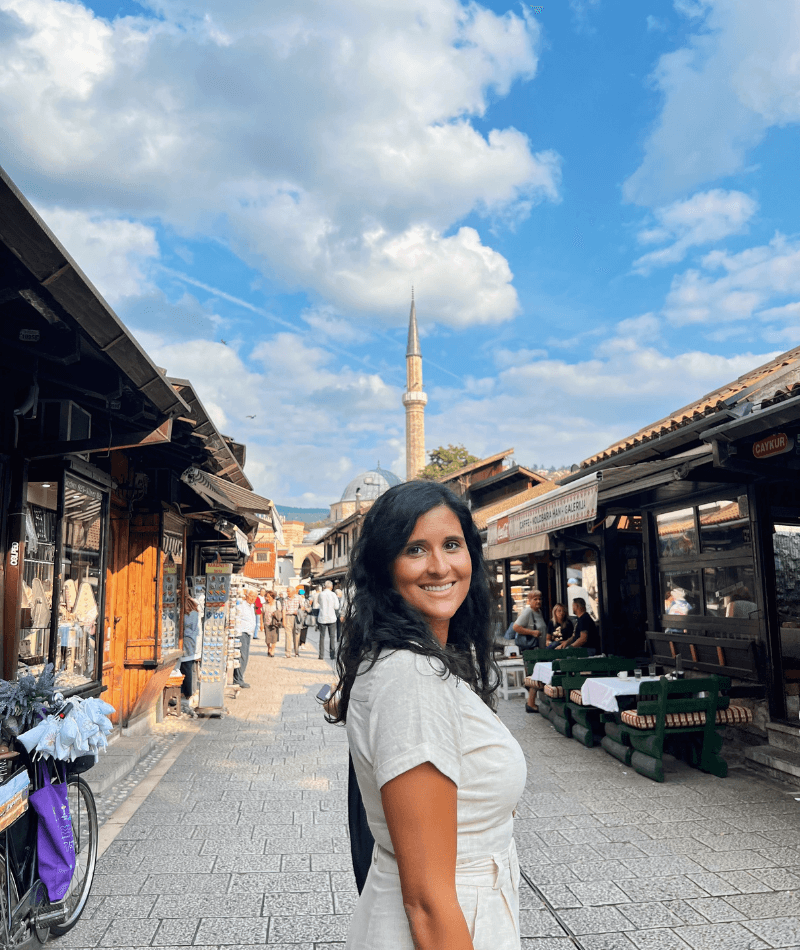
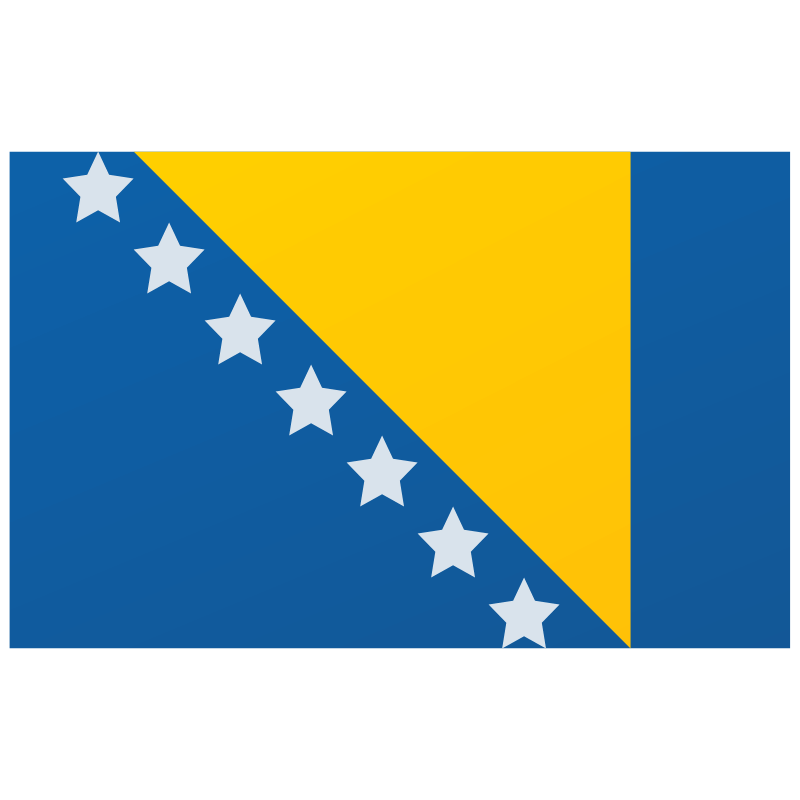
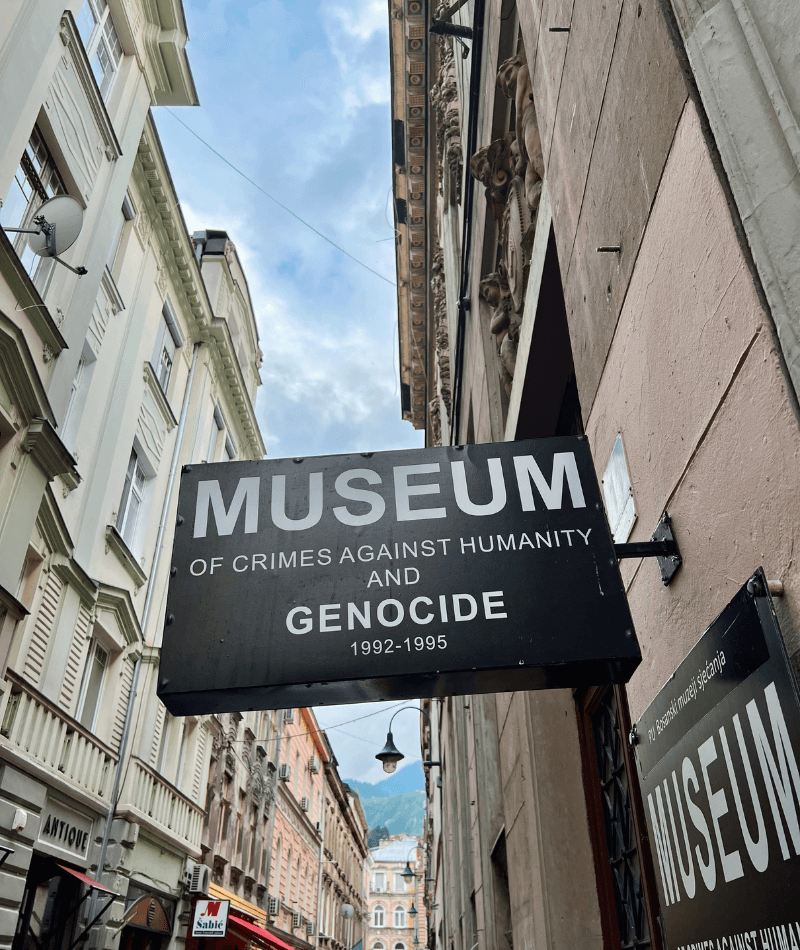
Discover Sarajevo
My Recommended Itinerary for Sarajevo Travel
Free Walking Tour:
I usually recommend walking tours in almost every city, but this time, I’m not recommending, I’m TELLING you that you MUST take a free walking tour!
With the genocide only having taken place a few decades ago, this means many of the locals around today grew up during that horrific time. Some of them are the guides during these walking tours, which provides a unique perspective on things. I used sarajevowalkingtours.com and had Neno as my guide. Neno was a child when the genocide occurred, and through his storytelling he’s able to make you feel as though you too, were there when everything happened. Every word out of his mouth captivated me and many times made me emotional too. To this day, this is the best free walking tour I have ever been on. Please, please book with him!
The walking tour will take you to see many of the top sights: the Sarajevo roses (craters left by explosions that were filled with red paint in memory of the victims), Sniper alley (a street where snipers would take out people trying to cross the street), the Ramo statue (depicting a father calling out to his son that the Serb army said it was safe to come out of hiding, only to be murdered) and the children’s memorial (dedicated to the kids who were killed in the city)
Museum of Crimes Against Humanity:
This museum highlights the war crimes and genocide that took place. It won a well-deserved TripAdvisor award and was founded by victims who survived the war. This is where I learned so so much about the history of Bosnia and Herzegovina and is one of the main attractions in town.
As I said, the genocide was well-documented because it happened not too long ago. The museum is FILLED with many graphic photos and videos – yes, videos. It is extremely graphic content so please know that before going. There are pictures and videos depicting mass graves, the suffering in concentration camps, even children killed by grenades.
The museum is not big, but there is a TON of information. If you are wanting to take your time and read everything, it will take you almost all day. You can definitely browse through and just see the key exhibits, but I recommend taking your time. I actually went back a second day to finish reading everything.
Sarajevo Tunnel:
Built by the Bosnian army during the war, this tunnel linked Sarajevo with Bosnian-held territory on the other side of the airport, an area controlled by the United Nations.
The Serbs had the city surrounded except for that little opening which was where the airport and UN troops were. Sadly, UN troops had orders to “remain neutral” so they didn’t really help. Which if you think about it, is the same thing as helping the bad guy!
Construction of the tunnel began on March 1st, 1993 and was dug by hand, 24-hours a day. It was completed on June 30th, 1993 and started being used the very next day to send supplies to the Bosnian army and get civilians out.
You get to walk through the tunnels and see just how small it was! Passage took up to 2 hours to get from one end to the next. There is also a room that has pictures of all the amazing men who worked on the tunnel and were paid with one cigarette pack a day! There’s also a ton of information and exhibits. It’s easy to spend a few hours here seeing and reading everything. I would plan for at least a half day here, especially since it’s further out of the city and you’ll need to take a taxi. Don’t worry about getting here – sadly, everyone will know what you mean if you hop in a taxi and say you’d like to go to the tunnel.
Gallery 11/07/95:
This memorial art gallery is solely dedicated to the worst mass genocide that took place in Bosnia and Herzegovina in a village called Srebrenica. The Serbs murdered at least 8,000 Muslim men and boys – it was the greatest massacre in Europe since the Second World War.
It’s truly, truly heartbreaking to see the videos in the museum of these men waiting in line to be executed. This was another really emotional day for me, as there were more graphic photos and videos at this museum. But again, it’s important to know this history.
It took me a good few hours to get through everything. I would plan for at least half a day to get through it all.
City Hall Museum:
The town hall of Sarajevo was on my list of things to check out. I went in, not really expecting much and just wandered around. It turns out, the basement houses another museum! This time, it’s dedicated to the trials against those charged with the war crimes of the genocide.
The International Criminal Tribunal for the former Yugoslavia was a United Nations court of law dealing with war crimes that took place in the Balkans in the 1990s. The key objective of the ICTY was to try those most responsible for the crimes of murder, torture, rape, and enslavement. There were 14 judges and prosecutors elected by the UN General Assembly. Located in The Hague, over 160 people have been charged to date: 90 have been sentenced, 3 have ongoing trials, with the remaining dead or their indictments withdrawn.
There’s a map that shows where people are serving their sentences – what’s insane is that some of these men have served their sentences and are out!!
Walk around the Old Town:
Remember Sarajevo is split into two sides: the Muslim and Christian side. The Muslim side is known as Bascarsija and is referred to as the Old Town. Here, you’ll find windy lanes that lead to plenty of bazaars, coffee shops, restaurants, and mosques. It will feel as though you’ve been transported to Istanbul! Make sure you check out the Sebilj Fountain and the Gazi Husrev-bey Mosque.
You’ll know you’re leaving Bascarsija because you’ll see the large compass with a divider on the street where the East and the West meet, saying, “Sarajevo Meeting of Cultures.” Then you’ll see the landscape completely change as you cross over to the Christian side. Here, you’ll find tons of shopping and churches. Make sure you check out the Eternal Flame and the Ferhadija pedestrian street!
Latin Bridge/Site of Archduke Franz Ferdinand’s assassination:
Full discloser: I know almost nothing about World War 1! But what I did learn here was that what ignited the start of the war was the assassination of Archduke Franz Ferdinand (heir to the Austro-Hungarian empire).
They have footsteps that show exactly where his killer was standing when he shot! To find this spot, make your way to the Latin Bridge. Once there, you’ll see on the corner giant photographs depicting the events.

